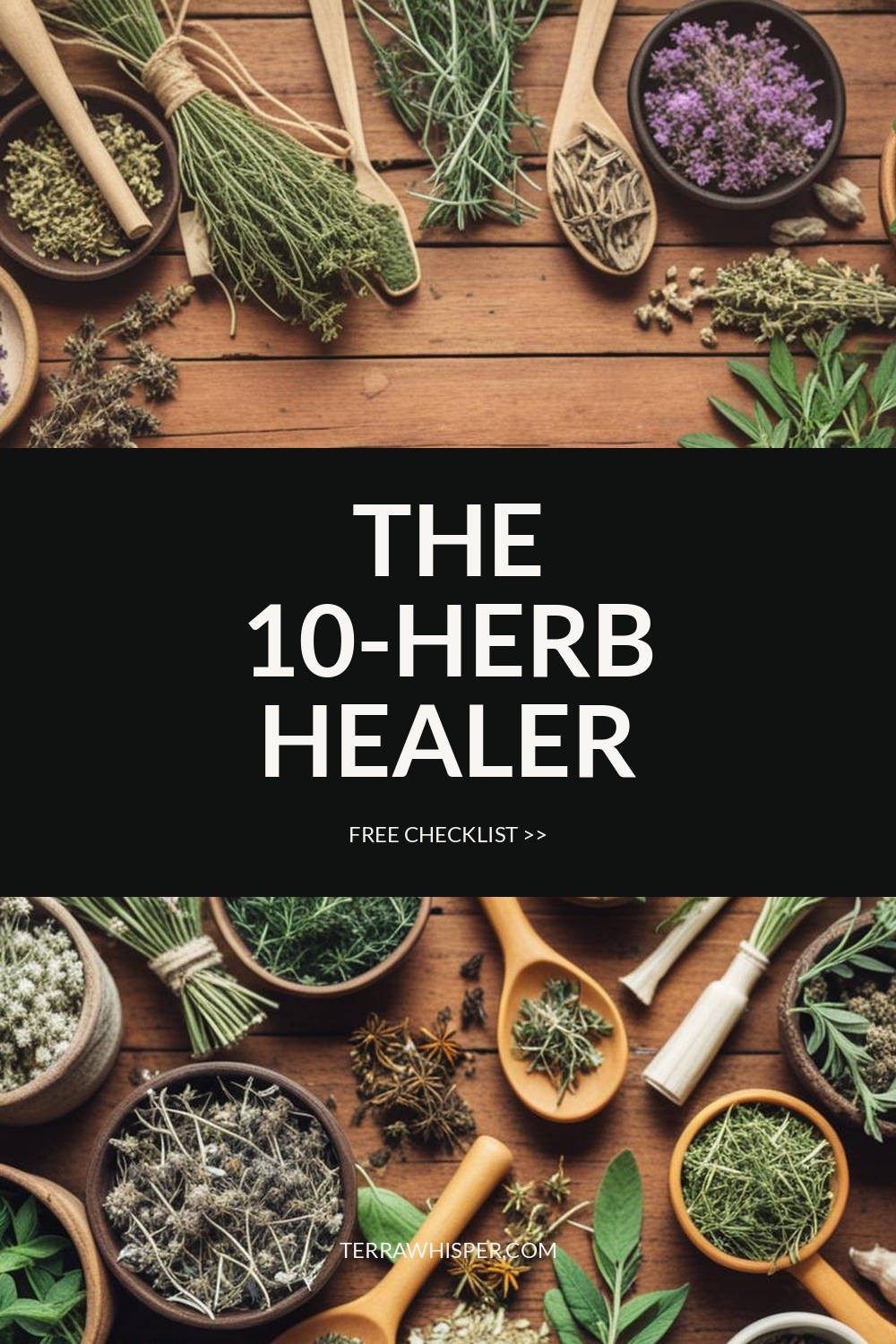Tulsi (Ocimum Sanctum)
Information Reliability Score: 2/10
This score reflects the overall reliability of the information presented in this article. It is based on the quality of scientific evidence, accuracy of sources, and the transparency of references related to Ocimum sanctum.
Holy Basil, scientifically known as Ocimum sanctum, is a revered medicinal herb, adaptogen, spice, and sacred plant widely used in Ayurvedic tradition. It is prized for its ability to reduce stress, enhance mental clarity, and support immune function due to its rich content of antioxidants and anti-inflammatory compounds. Traditionally, Holy Basil has been used in India for centuries to promote overall well-being, treat infections, and balance the body's energies. In modern wellness practices, it is consumed as a tea, supplement, or culinary ingredient to manage anxiety, improve digestion, and boost vitality. One of its unique features is its distinctive clove-like flavor and the presence of eugenol, a rare active compound with potent therapeutic properties.
FREE CHECKLIST
The Only 10 Herbs You Need to Heal 90% of Common Ailments.

